Vinnie Emilio Remembered at Lange's
- Details
- Hits: 5251
 Lange's Deli in Scarsdale lost a member of their family when owner and chef Vinnie Emilio passed away at age 57 on April 6, 2013. Vinnie and his business partner Tony Domini have owned this Scarsdale mainstay since 1999 when the two paired up and purchased Lange's from former owner Charles Dolan. Tony and Vinnie met in Florida and both moved north to work together with Vinnie heading the kitchen, and Toni, a veteran of the finance industry, handling the business. When they took over Lange's in 1999 they inherited a loyal staff and many of these same men have stayed on board for years.
Lange's Deli in Scarsdale lost a member of their family when owner and chef Vinnie Emilio passed away at age 57 on April 6, 2013. Vinnie and his business partner Tony Domini have owned this Scarsdale mainstay since 1999 when the two paired up and purchased Lange's from former owner Charles Dolan. Tony and Vinnie met in Florida and both moved north to work together with Vinnie heading the kitchen, and Toni, a veteran of the finance industry, handling the business. When they took over Lange's in 1999 they inherited a loyal staff and many of these same men have stayed on board for years.
Vinnie was an accomplished chef who "got crazy in the kitchen" and could turn out meals in voluminous quantities. In addition to his expertise with standard deli fare like roast turkey and pot roast, he was a talented baker and dessert chef, known for his apple bread pudding and rice pudding. According to Tony, Vinnie lived alone and Lange's and the people who worked there were his life.
Lange's employees were eager to share memories of Vinnie who some looked to as a father or even grandfather. They all said that he was "always there for them" – and would do everything he could do for his team. He was remembered as a tough boss who constantly reminded the men behind the counter to be attentive to the customers. But his bark was worse than his bite and he was clearly loved by all.
When asked to describe him, Sal called Vinnie "nice, hard-working and sweet," while Francisco called him "my Dad and my friend." Thirteen-year Lange's veteran Carlos said "Vinnie had an attitude and like to play around," but was serious about the work. Lenin, who also has worked at Lange's for 13 years said that Vinnie "had the human touch" and "he cared about us." The team remembered parties at Vinnie's small apartment in Mahopac, and his birthday barbeques as well.
Everyone was surprised at his passing. When Vinnie started experiencing pain in his neck he initially thought he had pinched a nerve and went to an 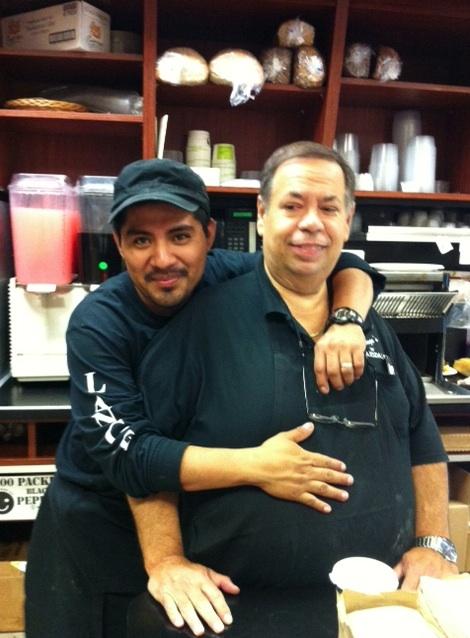 acupuncturist and then a chiropractor. But after he fell and was not able to get up he was taken to the doctor who scanned his neck and found a shadow on the xray that was later identified as a tumor. He underwent surgery and everyone thought he would be fine until he developed an infection that caused him to fail and eventually pass away soon after the operation.
acupuncturist and then a chiropractor. But after he fell and was not able to get up he was taken to the doctor who scanned his neck and found a shadow on the xray that was later identified as a tumor. He underwent surgery and everyone thought he would be fine until he developed an infection that caused him to fail and eventually pass away soon after the operation.
Lange's is poised to expand and will now include a family-style pizza restaurant in the space formerly occupied by the furrier. Amidst the construction at the deli is a large television screen bearing a black ribbon showing slides of Vinnie and his team. He will clearly be missed.
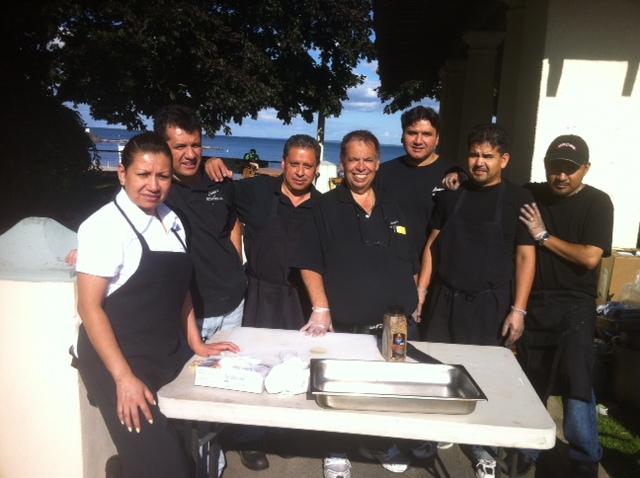
The Ins and Outs of Applying to College
- Details
- Hits: 4817
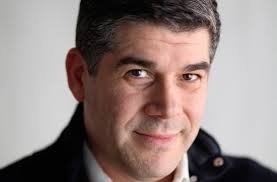 The JCC of Mid-Westchester will host a special program for high school freshmen, sophomores and juniors, and their parents titled "The Ins and Outs of Applying to College" on Sunday, April 28 at 7:00pm at the JCC of Mid-Westchester, 999 Wilmot Road, Scarsdale. Earlier in the day, the 2013 session of JCC Academic Center Regents Prep classes will begin.
The JCC of Mid-Westchester will host a special program for high school freshmen, sophomores and juniors, and their parents titled "The Ins and Outs of Applying to College" on Sunday, April 28 at 7:00pm at the JCC of Mid-Westchester, 999 Wilmot Road, Scarsdale. Earlier in the day, the 2013 session of JCC Academic Center Regents Prep classes will begin.
The Ins and Outs of Applying to College will be presented by Jacques Steinberg and Steve Singer, two professionals with extensive experience in and knowledge of the college admissions process. Jacques Steinberg is the best-selling author of The Gatekeepers: Inside the Admissions Process of a Premier College, and creator of The New York Times college admissions blog, The Choice. Steve Singer is a retired Director of College Counseling at a top independent school in New York. Previously, he was Assistant Athletic Director, Columbia University where he was an admissions liaison, as well as provided academic, pre-professional and career counseling. Mr. Singer is also a Distinguished Visiting Faculty at Harvard Summer Institute for College Admissions. The evening will include a discussion of the college admissions process including:
- How to start to compose a list and learn about colleges applications including extracurricular activities, essays,
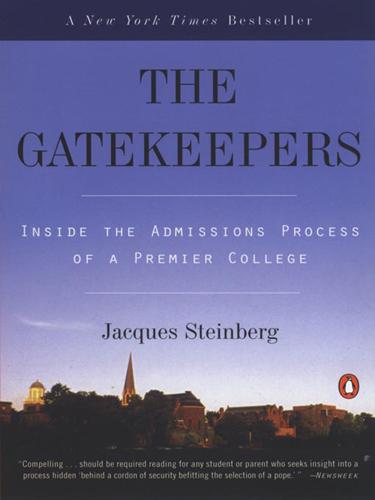 transcripts, test scores, interviews and more
transcripts, test scores, interviews and more - How an application is read in the admissions office
- Financing your education
The evening will conclude with a question and answer session. Tickets for the event are $10/person and may be purchased online at www.jccmw.org.
The JCC Academic Center provides test prep and college admissions programs for middle school and high school students, including PSAT, SAT, ACT, and Regents test prep, as well as College Application Essay Workshops and Writing and Time Management Skills Workshops. Regents Prep classes for June 2013 exams in Biology, Earth Science, Chemistry, Physics, Algebra, Geometry, Algebra 2/Trig, Global History, and US History are registering now.
A New Line of Tennis Wear Debuts in Edgemont
- Details
- Hits: 14112
 Edgemont resident and self-professed tennis fiend Laura Preskin has just produced her own line of tennis wear. The former VP of Design and Merchandising at Danskin saw a need for stylish tennis wear that could be worn on and off the court. Using her expertise she has designed a line that is flattering but at the same time comfortable while playing.
Edgemont resident and self-professed tennis fiend Laura Preskin has just produced her own line of tennis wear. The former VP of Design and Merchandising at Danskin saw a need for stylish tennis wear that could be worn on and off the court. Using her expertise she has designed a line that is flattering but at the same time comfortable while playing.
We asked Preskin for more information about the Yaffa line and here is what she shared:
Why did you feel a new line of tennis attire was needed? How is your line different from what's already out there?
Yaffa is the culmination of a life-long dream, which began for me over twenty years ago when I was the head of merchandising and design for Danskin and running Elie Tahari's private label business. As an avid tennis player, I always had a vision of designing fashionable tennis apparel, made from the finest performing athletic fabrics. I designed Yaffa to combine a cool sophistication that will let women stay in their tennis gear when they leave the court and go for coffee or out with friends. Designed to have street wear appeal, Yaffa is made for the woman who wants the best in tennis clothing on the court, but then wants to stay in her clothes off the courts afterwards--to hang out, go to lunch, socialize with friends and run errands around town.
The contemporary styles are designed to make your body looks its best. The tops have sportswear and swimwear features like shirring and ruching that shows off curves and de-emphasizes the unwanted. The tanks have built in bras with removable pads that enhance bust lines. The bottoms have high-rise 3-inch wide waistbands that add tummy compression and allow for smooth tummy lines. The skirts come in varied lengths and have bike shorts with gussets for maximum comfort.
I spent months searching for the world's most innovative performance fabrics. After a rigorous selection process, I settled on the best fabric I have ever  felt—imported directly to Yaffa from Italy's finest mills. The stretch jersey fabric combines lightness and breathability, while its silky soft texture provides maximum comfort. The high Lycra content allows for great shape and fits the body perfectly without constraining, allowing for maximum performance for tennis and fitness activities. Yaffa's stretch jersey is also quick drying, has moisture management and UV protection. the fabric has great recovery and the styles maintain their shape after numerous washings.
felt—imported directly to Yaffa from Italy's finest mills. The stretch jersey fabric combines lightness and breathability, while its silky soft texture provides maximum comfort. The high Lycra content allows for great shape and fits the body perfectly without constraining, allowing for maximum performance for tennis and fitness activities. Yaffa's stretch jersey is also quick drying, has moisture management and UV protection. the fabric has great recovery and the styles maintain their shape after numerous washings.
To create the Yaffa brand, I brought together my team of designers and production experts from Danskin to perfect Yaffa's fit and technical performance features.
What has been the reaction of people who have tried the clothes on?
 The reaction has been incredible. I have had some women buy more than five items at a time, ordering several styles and colors. The women who try it on love the fabrics, the silky smooth feeling on their body, and styles that are figure flattering. Demand has been so strong that I will be heading to Milan soon to secure a much larger quantity of Italian fabric than I had originally anticipated. All of my clothes are made from the highest end Italian fabrics, so securing adequate supplies of this ultra premium product is a top priority.
The reaction has been incredible. I have had some women buy more than five items at a time, ordering several styles and colors. The women who try it on love the fabrics, the silky smooth feeling on their body, and styles that are figure flattering. Demand has been so strong that I will be heading to Milan soon to secure a much larger quantity of Italian fabric than I had originally anticipated. All of my clothes are made from the highest end Italian fabrics, so securing adequate supplies of this ultra premium product is a top priority.
Where can readers purchase Yaffa tennis wear?
This summer, the Yaffa line will be available at retail exclusively at the Scarsdale Golf Club pro shop and at Kimberly's in Westhampton. I am also selling Yaffa through a social selling model, similar to the Pampered Chef. I will eventually set up a commerce website, but for now I am using the direct model selling at parties.
How can readers reach to you find out more about the line?
Please email, [email protected] I will be happy to send people pictures of the clothing, and even set up private showings.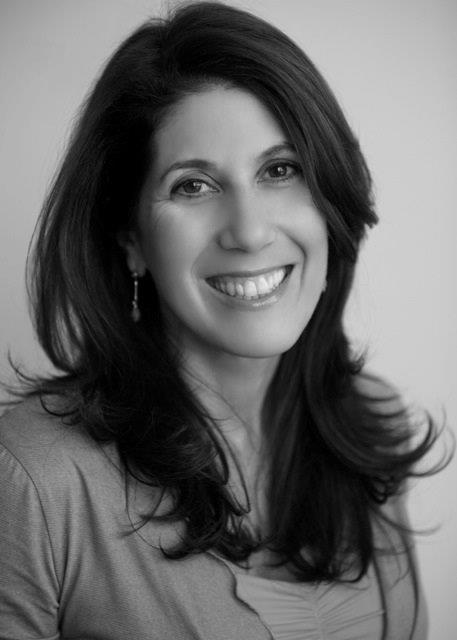
Spencer Repp: SHS Lacrosse Star Dies in Arizona
- Details
- Hits: 17300
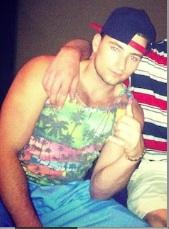 Spencer Repp, just 19 years-old, of the Scarsdale Class of 2012 and a freshman at the University of Arizona, was killed in an accident in Arizona on Friday evening March 30. The accident occurred at about 5:20 pm when his motorcycle crashed and went over a guardrail on Mount Lemmon Highway. According to Tucson News Now Repp was airlifted to a local hospital where they were unable to save him. Pima County Sheriff Deputy Tom Peine said "speed was a factor in the crash."
Spencer Repp, just 19 years-old, of the Scarsdale Class of 2012 and a freshman at the University of Arizona, was killed in an accident in Arizona on Friday evening March 30. The accident occurred at about 5:20 pm when his motorcycle crashed and went over a guardrail on Mount Lemmon Highway. According to Tucson News Now Repp was airlifted to a local hospital where they were unable to save him. Pima County Sheriff Deputy Tom Peine said "speed was a factor in the crash."
Repp was a star lacrosse player on the Scarsdale Varsity team. The mom of another player on the team remembered Repp as a gifted player who was "born with a lacrosse stick in his hand." He followed in the footsteps of his father Paul Repp who was All American on the lacrosse team at Penn State. In an interview in the Journal News in April 2012, when Repp was asked why he played lacrosse he answered, "because of my old man....love you dad."
During a scrimmage at the start of the lacrosse season in 2011 when Repp was in his junior year at SHS he tore his ACL. The injury put him on the bench for the entire season. He came back to the team for the spring of his senior year and was a team captain, the lead team scorer, and all section honorable mention.
Scarsdale High School Varsity Coach Tim Weir said Spencer was a "great kid on and off the field. He was very likeable, had lots of 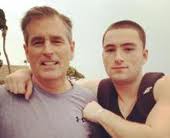 friends and enjoyed everything he did." Weir also remembers that Repp "always wanted to go to the University of Arizona." Dan Jureller a teammate and classmate of Spencer's said, "Spencer was a tremendous person and a brilliant lacrosse player. Everyone had a high level of respect for his upbeat and supportive personality on and off the field."
friends and enjoyed everything he did." Weir also remembers that Repp "always wanted to go to the University of Arizona." Dan Jureller a teammate and classmate of Spencer's said, "Spencer was a tremendous person and a brilliant lacrosse player. Everyone had a high level of respect for his upbeat and supportive personality on and off the field."
Repp apparently bought the motorcycle with his own money and loved to ride it. In an unconfirmed report, friends said that in Repp's last tweet he said "...nothing a little reckless drive and excessive speeding can't make better."
A private memorial service will be held on Saturday April 6 from 1:30- 3:30pm at Scarsdale Golf Club.
Scarsdale Democrats Endorse Mayor Noam Bramson For County Executive
- Details
- Hits: 4219
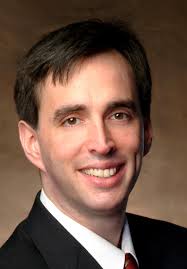 On Thursday March 21, the Scarsdale Democratic Committee endorsed New Rochelle Mayor Noam Bransom for County Executive. A Democratic County Convention on April 24 will choose among Mayor Bramson, County Legislator Bill Ryan and County Legislature Chair Ken Jenkins to unseat Rob Astorino.
On Thursday March 21, the Scarsdale Democratic Committee endorsed New Rochelle Mayor Noam Bransom for County Executive. A Democratic County Convention on April 24 will choose among Mayor Bramson, County Legislator Bill Ryan and County Legislature Chair Ken Jenkins to unseat Rob Astorino.
In a closed vote, the well-attended meeting of the Committee strongly endorsed the candidacy of Mayor Bramson. Scarsdale Democratic Chair Alan Goldston, whose Committee decided not to disclose the precise vote out of respect for the other contestants, would indicate only that "the Committee's preference for, and support of Mayor Bramson, was clear and decisive."
Said Goldston: "Our Committee knows these three fine public servants. Any would provide a welcome change from the reckless Astorino Administration. But we believe that Mayor Bramson is both best qualified to be County Executive, and best positioned to win in November. His talent, integrity, and vision have been demonstrated by his record in a city that reflects the diversity of our county. The breadth of his support, the strength of his fundraising and the talent of his organization are extraordinary. The Scarsdale Democratic Committee believes that Noam Bramson is the best candidate for County Executive."
One respected veteran of local government said, "There is a lot at stake in this year's County Executive election. Mr. Astorino's Tea Party agenda diminishes the quality of life in Westchester, stirring up fear and hostility, cutting services to our most vulnerable, attacking child care and healthcare, and endangering the County's financial stability by borrowing to cover operating expenses. Mr. Bramson's good judgment, intelligence and passion will be an effective antidote."










